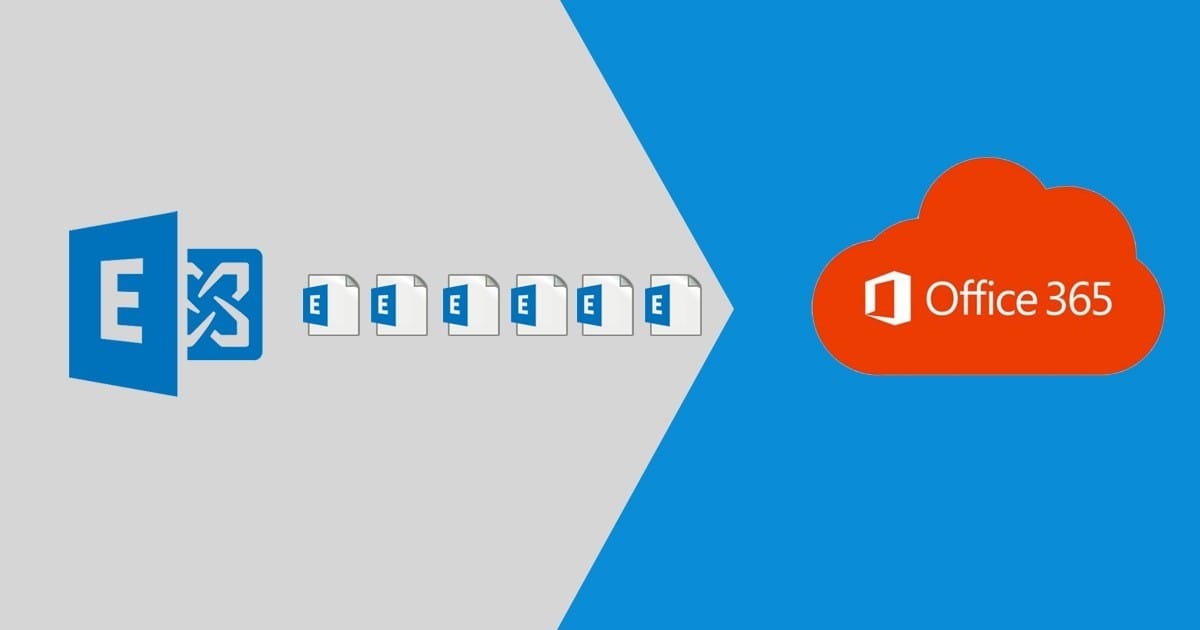A Complete Guide to Migrating Mailboxes to Microsoft 365 in a Hybrid Deployment

To migrate mailboxes from on-premises Exchange to M365/Exchange Online is a critical step for businesses moving to the cloud. A hybrid deployment facilitates seamless coexistence between on-premises and cloud environments, enabling mailbox migrations with minimal disruption. This article outlines the key steps, prerequisites, and troubleshooting tips to ensure successful mailbox migration.
What Is a Hybrid Deployment?
A hybrid deployment bridges on-premises Exchange and M365, allowing:
- Mailboxes to move between on-premises and cloud environments.
- Retention of a unified email experience for end users.
- Gradual migration over time instead of an all-at-once transition.
Hybrid deployments support remote mailbox move requests through the Mailbox Replication Service (MRS) and its proxy, MRSProxy. These setups are ideal for long-term coexistence scenarios.
Prerequisites for Mailbox Migration
Before starting a mailbox migration, ensure the following:
Technical Requirements
1. Hybrid Deployment Configuration:
- Verify that your hybrid deployment is configured correctly. Refer to Microsoft’s Hybrid Deployment Prerequisites for details.
2. Mailbox Replication Service Proxy (MRSProxy):
- Ensure the MRSProxy service is enabled on the on-premises Exchange Client Access servers.
3. Unified Messaging (UM) Mailboxes:
- Confirm that on-premises Skype for Business and Exchange Online meet UM requirements.
4. Licensing:
- Assign Office 365 licenses only after the migration completes. You have 30 days to assign licenses post-migration.
Permissions
- Assign the required administrative permissions to execute mailbox migrations. Review the "Mailbox Move and Migration Permissions" section in the Exchange documentation.
Step-by-Step Process for Migrating Mailboxes
Follow these steps to ensure a smooth migration:
1. Enable the MRSProxy Service
The MRSProxy service enables remote move migrations. If not enabled, follow these steps:
1. Open the Exchange Management Shell.
2. Run the following command to enable MRSProxy:
Set-WebServicesVirtualDirectory -Identity "Server\EWS (Default Web Site)" -MRSProxyEnabled $true
3. Verify the service status:
Get-WebServicesVirtualDirectory | Format-ListIdentity,MRSProxyEnabled
2. Create a Migration Endpoint
A migration endpoint establishes the connection between on-premises and Office 365 environments.
- Navigate to Recipients > Migration > More > Migration Endpoints in the Exchange Admin Center (EAC).
- Click New and provide the required details for your on-premises Exchange server.
- Test the endpoint to confirm connectivity.
3. Configure the Migration Batch
Use the EAC or PowerShell to create and configure a migration batch:
- Using EAC:
- Go to Recipients > Migration > Add > Move to Exchange Online.
- Select the mailboxes to include in the batch.
- Specify batch options, such as notifications and scheduling.
- Using PowerShell:
New-MoveRequest -Identity <UserEmail> -RemoteTargetDatabase <DatabaseName> -TargetDeliveryDomain <Domain>
4. Monitor Migration Progress
Track the migration status using the EAC or PowerShell:
- EAC:
- View the migration dashboard for real-time updates.
- PowerShell:
Get-MigrationBatch | Format-List Get-MigrationUserStatistics -Identity <UserEmail>
5. Remove Completed Batches
After migrations are complete, remove completed batches to prevent errors during future migrations:
- EAC:
- Select the completed batch and click Delete.
- PowerShell:
Remove-MigrationBatch -Identity <BatchName>
Common Issues and Resolutions
1. Migration Endpoint Errors
- Cause: Incorrect configuration or connectivity issues.
- Solution:
- Verify the migration endpoint settings.
- Use the Microsoft Remote Connectivity Analyzer to test connections.
2. Stuck Migration Batches
- Cause: Network disruptions or large mailbox sizes.
- Solution:
- Restart the batch:
Start-MigrationBatch -Identity <BatchName>
3. Missing Mailbox Data
- Cause: Incomplete synchronization.
- Solution:
- Trigger a delta sync manually:
Sync-MigrationBatch -Identity <BatchName>
4. Permissions Errors
- Cause: Inadequate permissions assigned to the migration account.
- Solution:
- Review and assign the necessary permissions.
Best Practices for Mailbox Migration
- Pre-Migration Checks: Verify all prerequisites before initiating migrations.
- Staggered Batches: Migrate mailboxes in smaller batches to reduce errors.
- User Communication: Notify users about the migration schedule and any potential impact.
- Post-Migration Validation: Confirm mailbox data integrity before marking migrations as complete.
Key PowerShell Commands for Migration Management
| Command | Description |
|---|---|
Set-WebServicesVirtualDirectory | Enable MRSProxy service. |
New-MoveRequest | Create a new migration request. |
Get-MigrationBatch | Check the status of a migration batch. |
Sync-MigrationBatch | Perform a delta sync for a migration batch. |
Remove-MigrationBatch | Delete a completed migration batch. |
Conclusion
To Migrate mailboxes in a hybrid deployment requires meticulous planning and execution. By following the steps outlined in this guide, administrators can ensure a seamless migration with minimal disruptions. Addressing common issues proactively and adhering to best practices will further streamline the process.
Need help with mailbox migrations or configuring a hybrid deployment? Contact Medha Cloud today for expert guidance and support tailored to your business needs.
Reach us at:
- India: +91 93536 44646
- US: +1 646 775 2855
- Website: medhacloud.com
- Email: info@medhacloud.com